Social Equity Considerations in Modelling Transport Systems Transitioning to Net-Zero – Progress and Prospects
Bartlett Centre for Advanced Spatial Analysis, University College London
June 26, 2024
Brief CASA/Arup Lab mission
- Vision to develop and communicate to a wide audience a robust science around the applied urban modelling that the City Modelling Lab in Arup provides to clients across the UK and in other counties.
- Where Arup’s models and tooling are developed with, primarily, client-centred outcomes in mind, our academic motivation is to delve deeper and more critically into (initially) topics such as:
- the modelling/policy/decision making dynamics and interactions between client and consultant that lead to regional transport decisions being made.How and why are regional transport models used? Critical evaluation of what can and can’t be achieved with them.
- equity considerations around the transition from fossil-fueled to electric private vehicles, incorporating a better, micro-level activity-based understanding of car dependency and the potential mitigating or exacerbating effects that new technologies like vehicle-to-grid charging may present.
- developing a deep understanding of the ways in which complex, agent-based behaviourally orientated transport models (such as MATSIMs) can be used to inform decisions around the provision of public transit - particularly buses - in transport systems. And to explore how artificial intelligence tools might be applied in developing generative solutions to various aspects of bus provision in different urban and regional settings.
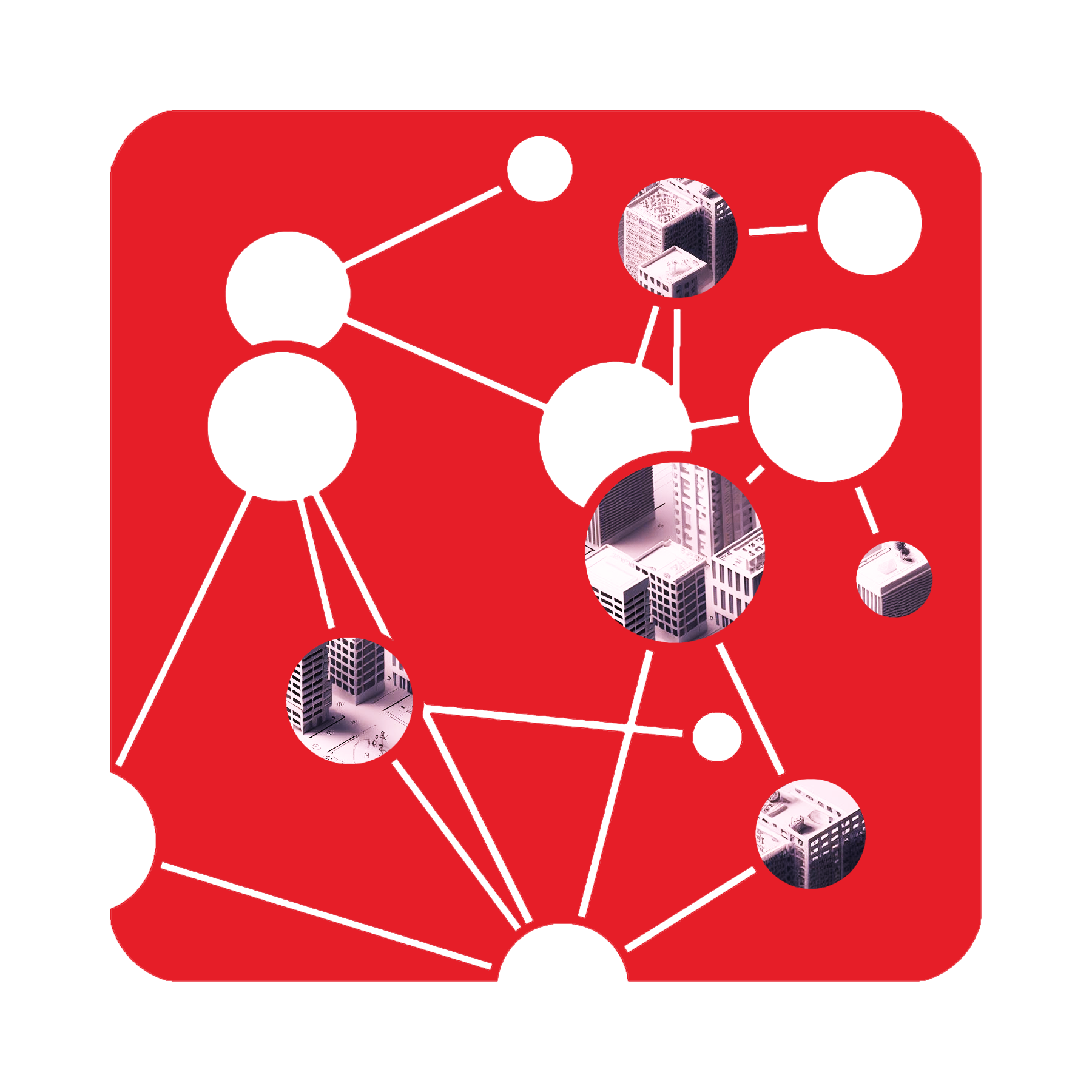
Pathways to Senzcar

Pathways to SENZCAR
Pathways to…
Socially Equitable
Net Zero Cities and Regions
Four Seasons of SENZCAR
- Equity in transportation
- Net Zero in transport planning
- Cities and regions
- Agent-based models
Project brief

Project co-funded by Arup:
the Transport East ABM
Not making a new model!
Instead looking at what innovative things
we can do with one that already exists…
In relation to questions of socioeconomic
inequalities and net zero
Innovative contribution
‘Less methods looking for problems, rather the other way round’
Alex Singleton, 2024
We need to consider what transport models are built to do, and why it is that a given model is the best way of analysing a problem.
The value of ‘person-based measures’ (Geurs and Van Wee, 2011) and emergent behaviours (Crooks et al., 2019: p. 8)
Regional geography paradigm: linking Sub-National Transport Bodies and transport interventions from ABMs
In the context of a very tight funding environment
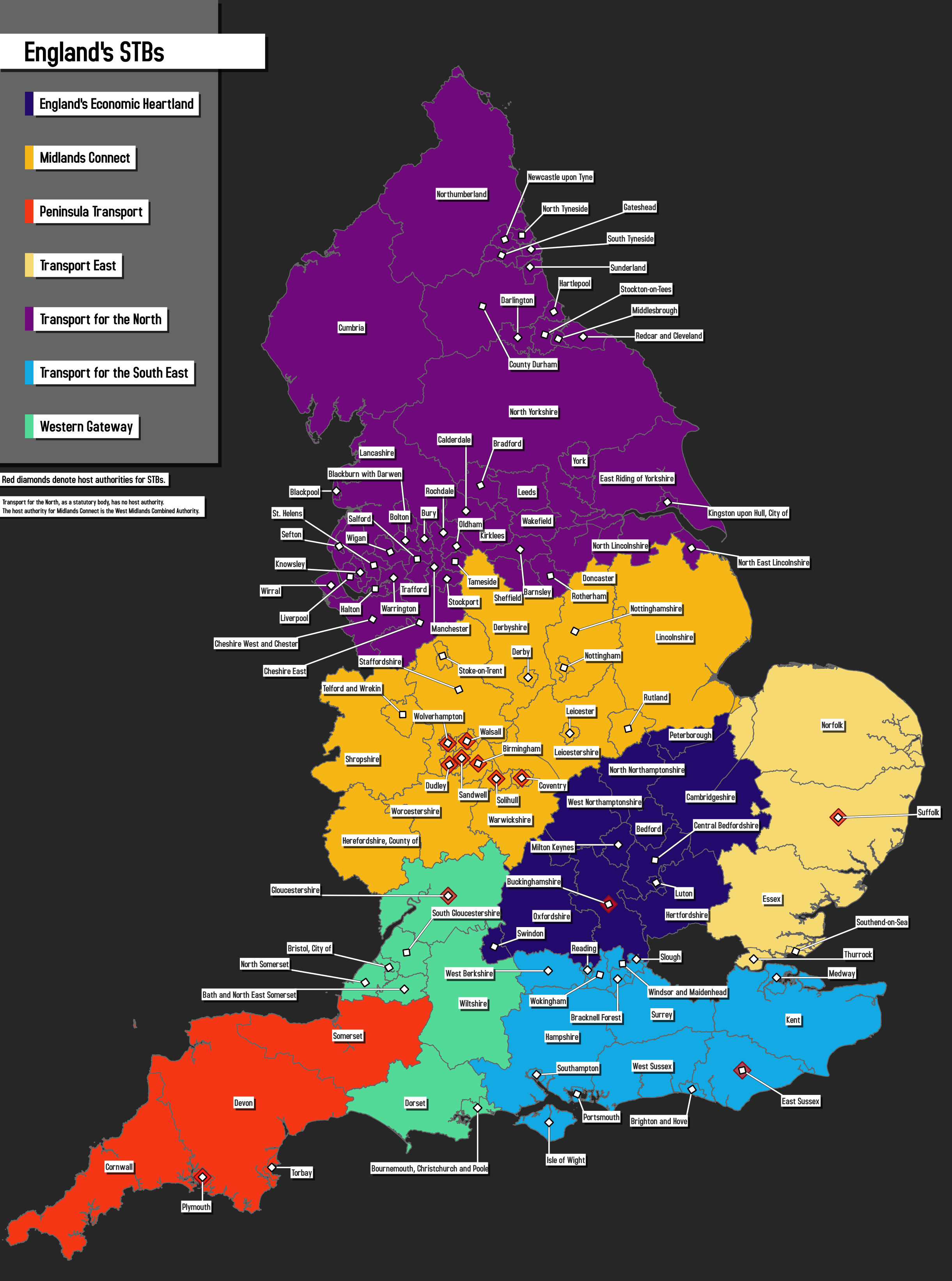
Research question
How do the simulated regional transport planning interventions that
are likely to be the most persuasive in securing government funding,
and the most effective in suppressing unacceptable inequities between
individuals in transport, perform in relation to reaching net zero?
Research methodology
Literature synthesis (regional geography, “equity”, net zero, transport modelling)
Interviews with transport practitioners (public sector / consultancy)
Clustering from ABM output data, related to similar work on “DfT Personas”
Development of equity indicators based on various outputs from ABM scenarios
Motivations: transport equity and decarbonisation
Climate crisis
- Climate emergency declared in 2019, must reach net zero by 2050
- In the UK, 26% of emissions in 2021 came from the transport sector (57% from private vehicle use)
Transport and connectivity
- Transport is a key driver for socio-economic improvement, social inclusion, and wellbeing
Current transport inequalities
- Poorest 10% of people receive around half the transport subsidy as the richest 10% (per household)
How do we transition to a decarbonised transport system in the most equitable way?
Equity, vulnerability, and flexibility
Equity can be seen as minimising
transport vulnerability across
the whole populationWe can consider flexibility to
be a form of capital, much
like money or timeVulnerability can be seen
through the lens of
flexibility capacityMany facets of flexibility
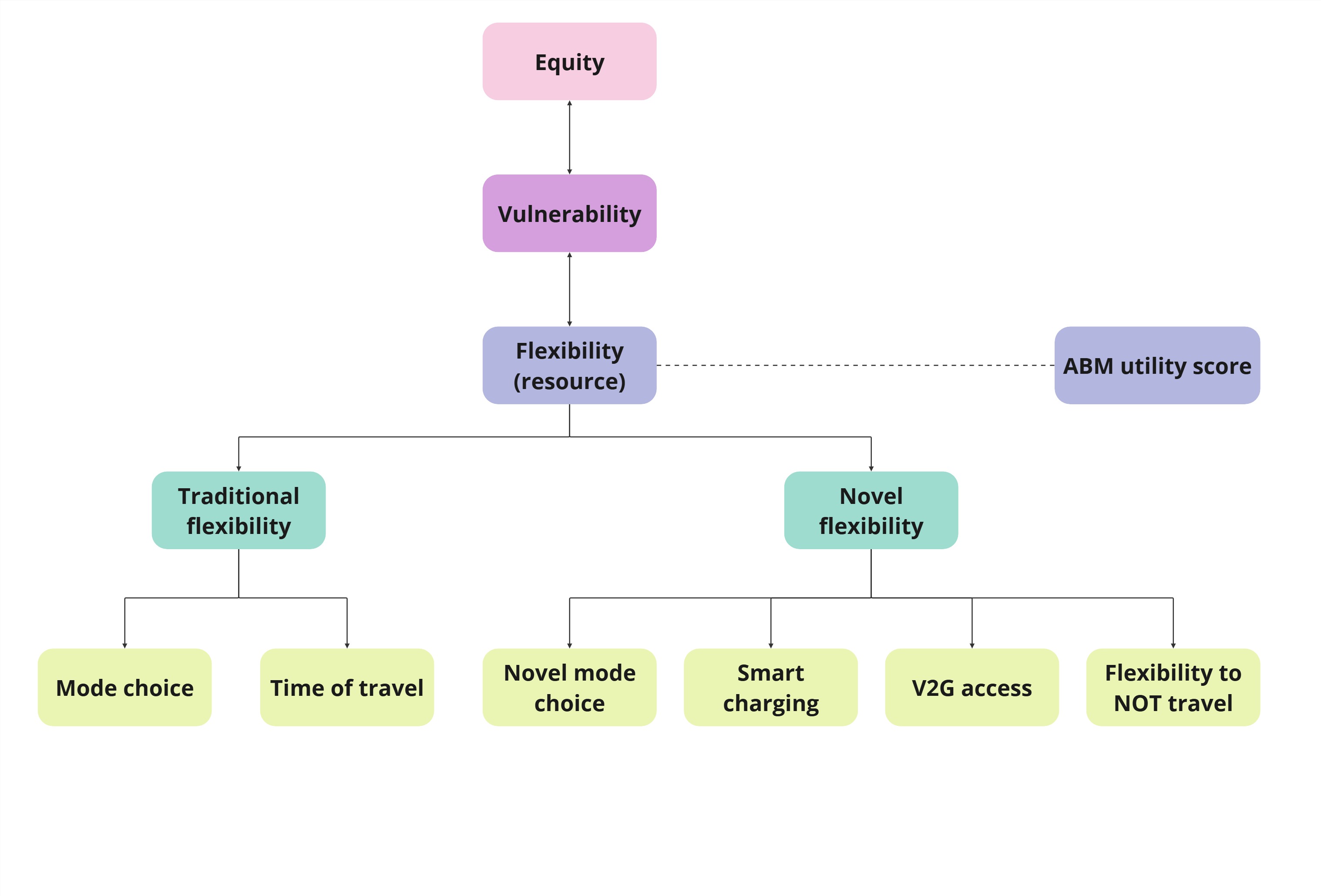
Private vehicle registrations
Car dependency
Car dependency is a manifestation of low mode choice flexibility capacity
| Dependency | Description |
|---|---|
| Individual | A person is dependent on their private vehicle in general |
| Trip-based | Certain journeys are dependent on private vehicles e.g. large shopping trips or escorting others |
| Structural | Physical dependency on private vehicles e.g. disability or lack of provision of alternatives |
| Conscious | Perceived dependency on private vehicles e.g. habit, convenience, preference |
Quantitative modelling of flexibility
Lack of robust quantitative analysis of equity
impacts in transport transitionAim to inform which policies are most effective at
delivering decarbonisation while maximizing equityUse agent-based models to understand this with flexibility
capability measured as a kind of utility scoreBenefits over methods such as stated preference surveys
Flipping Modelling on its head
Can AI be used to generate equitable policies while optimizing for Net-Zero?
Rationale: Climate Change, Net Zero Targets, High Wealth Inequality
Many policies are conceived from a person then modelled, why not let the model develop the policy?
Equity and Net-Zero: Buses!
- Low-income population most likely to use and rely on buses.
- 69% of Londoners earning under £20,000 use buses at least weekly, compared to 59% of all Londoners (Rosenberg, 2022).
- 10% of all bus passengers are disabled (Rosenberg, 2022).
State of Buses
- Privatisation - Crash in bus ridership and route availability.
- £2 fare – Introduced to increase ridership since COVID-19.
- Bus Franchising – Devolution of transport to combined authorities -
Greater Manchester (2023), West Midlands (2025), Liverpool (2026)
Toy Model Outline
Using Matsim – Agent Based Modelling
Londinium model - Semi synthetic dataset with 100 agents covering Fulham,
Chelsea, Battersea and South Kensington.- Developed by Arup, open access
Policy Ideas Tested: Free Buses, No Buses, No Tube, Increasing Car Cost
Measures: Travel Time, Total Distance, Mode Share
Purpose: Learn the model, what’s possible and what’s not

Model Results - Mode Share

Model Results - Average Distance
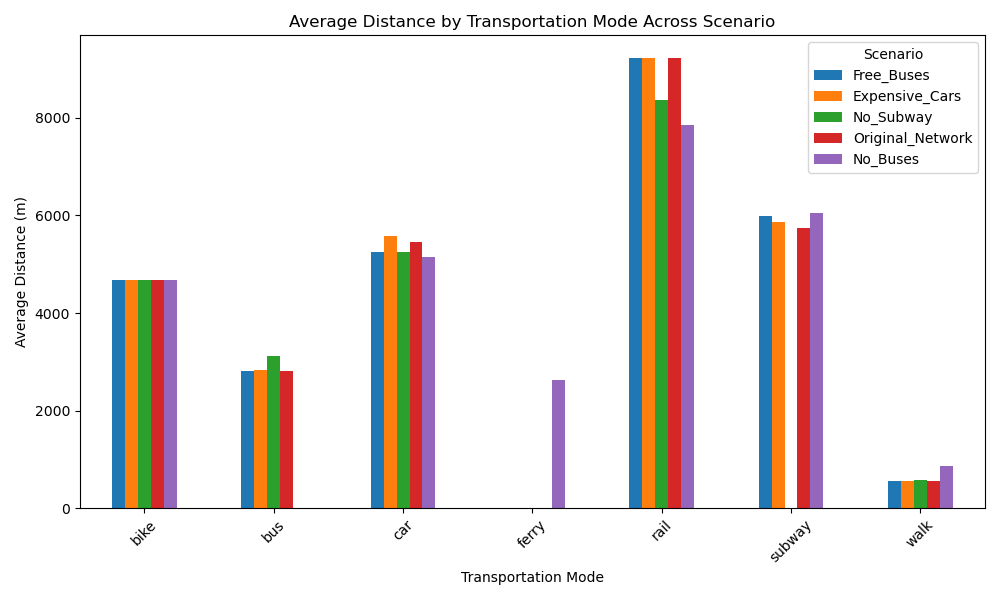
Model Results - Average Duration

Going Forward
Implement lessons learnt into a calibrated Sheffield model.
Demand Responsive Transport – Flexible transport options
Implementation of AI:
Bus scheduling (Ai, G. et al. (2022))
Express Bus Routes (Rodriguez J. et al. (2022))
Network Changes
Equity Measures - Can we develop metrics outside of
traditional transport metrics (Mode Share, Travel Time)
to measure equity?
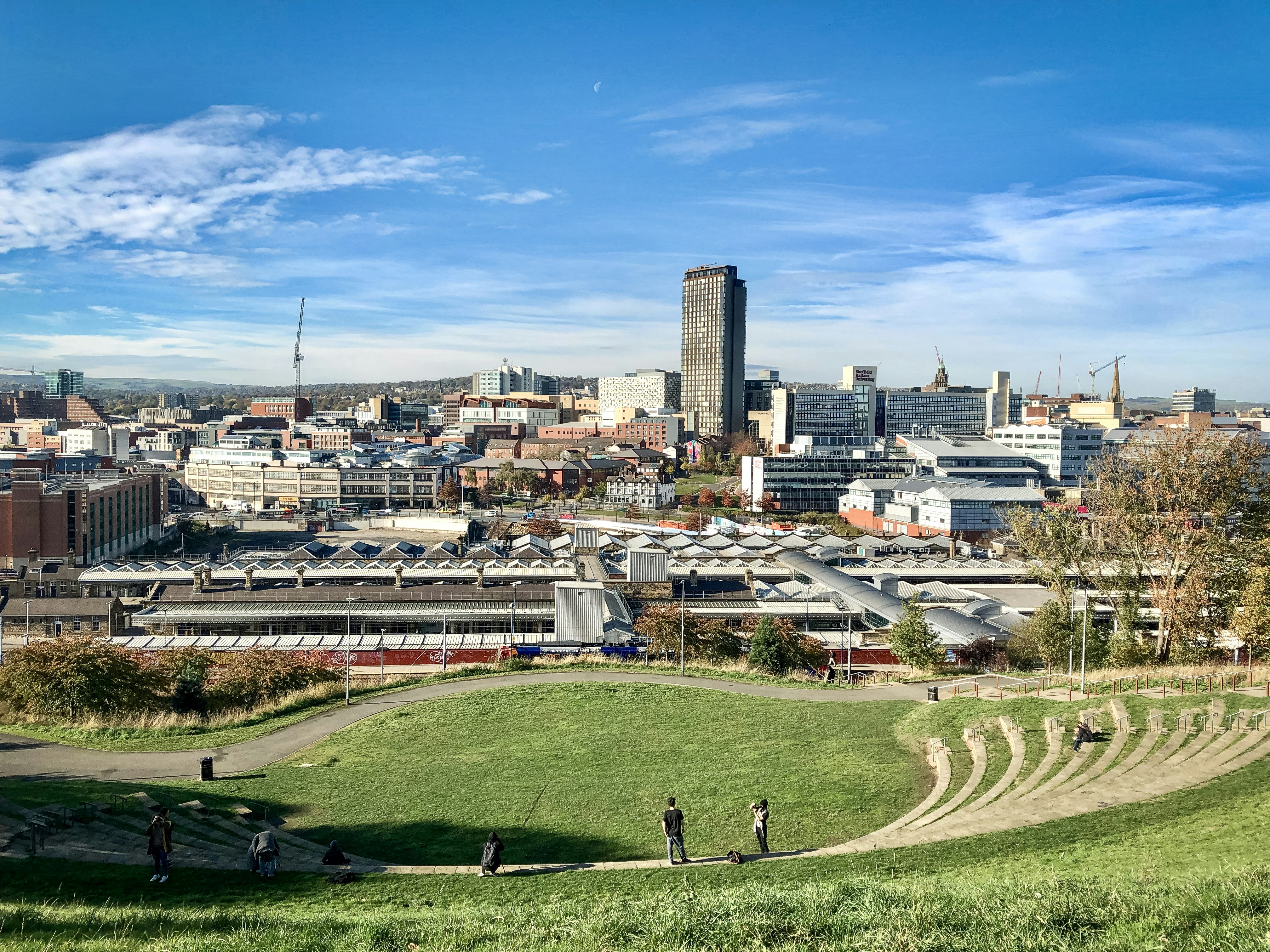

Conclusions
Still in the early stages of our exploration in all of these topics, but all three PhD
projects represent slightly different but complementary perspectives on the same broad
challenge - decarbonising our transport system while keeping social considerations front-and-centre.Always tempting to view any new innovation (regional ABMs for transport planning,
transition to electric cars, generative AI for scheduling and routing) as potential silver
bullets to challenging problems, but fully evaluating pros and cons needs time and space.Consultancy world often ahead of academic world in developing quick/plausible solutions
to challenges posed by clients. But narrow delivery focus rarely allows for deeper
evaluation or experimentation that academics are afforded the time to explore.CASA/Arup PhD projects hopefully go some way to bridging this gap - watch this space!